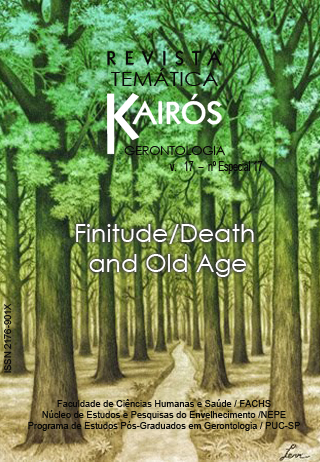Widowhood: The representation of death through of the vision male and female
DOI:
https://doi.org/10.23925/2176-901X.2014v17iEspecial17p137-148Palavras-chave:
Old-Aged, Mourning, Male Widowhood, Female Widowhood.Resumo
The article presents the understanding of the widowhood from the experience after death of the spouse, what changes to the widower over 65 years of age and for the widow over 65 years of age. The psychic conflicts in identity of the old-aged and the consequences that bring on to them. The widowhood of the man brings as a consequence the end of the personal care provided by the woman; on the other hand, the widow woman changes her life with the absence of the authority from man, but at the same time, she acquires the experience of freedom. By understanding the phenomenon of widowhood we can start taking in consideration its uniqueness and human subjectivity, but rescuing the gender difference.
Downloads
Publicado
2014-05-30
Como Citar
Rubio, M. E. (2014). Widowhood: The representation of death through of the vision male and female. Revista Kairós-Gerontologia, 17(Especial17), 137–148. https://doi.org/10.23925/2176-901X.2014v17iEspecial17p137-148
Edição
Seção
Artigos


